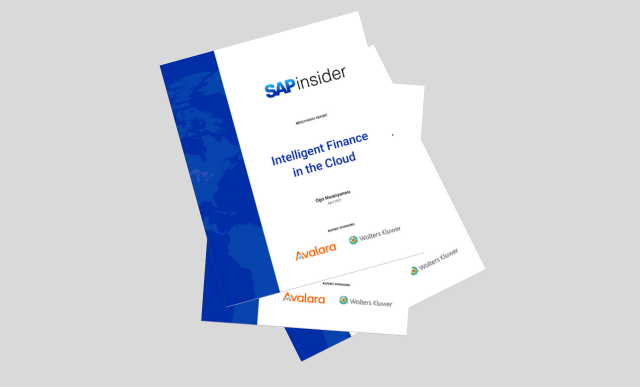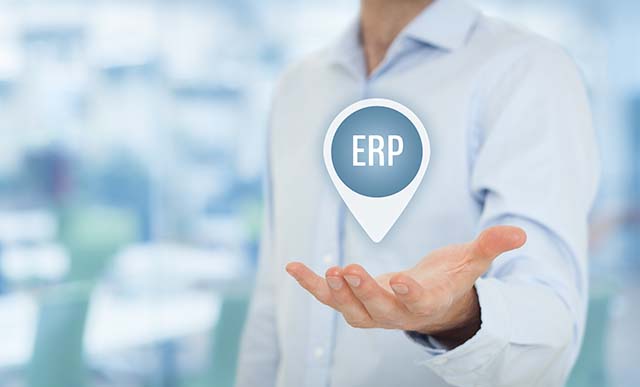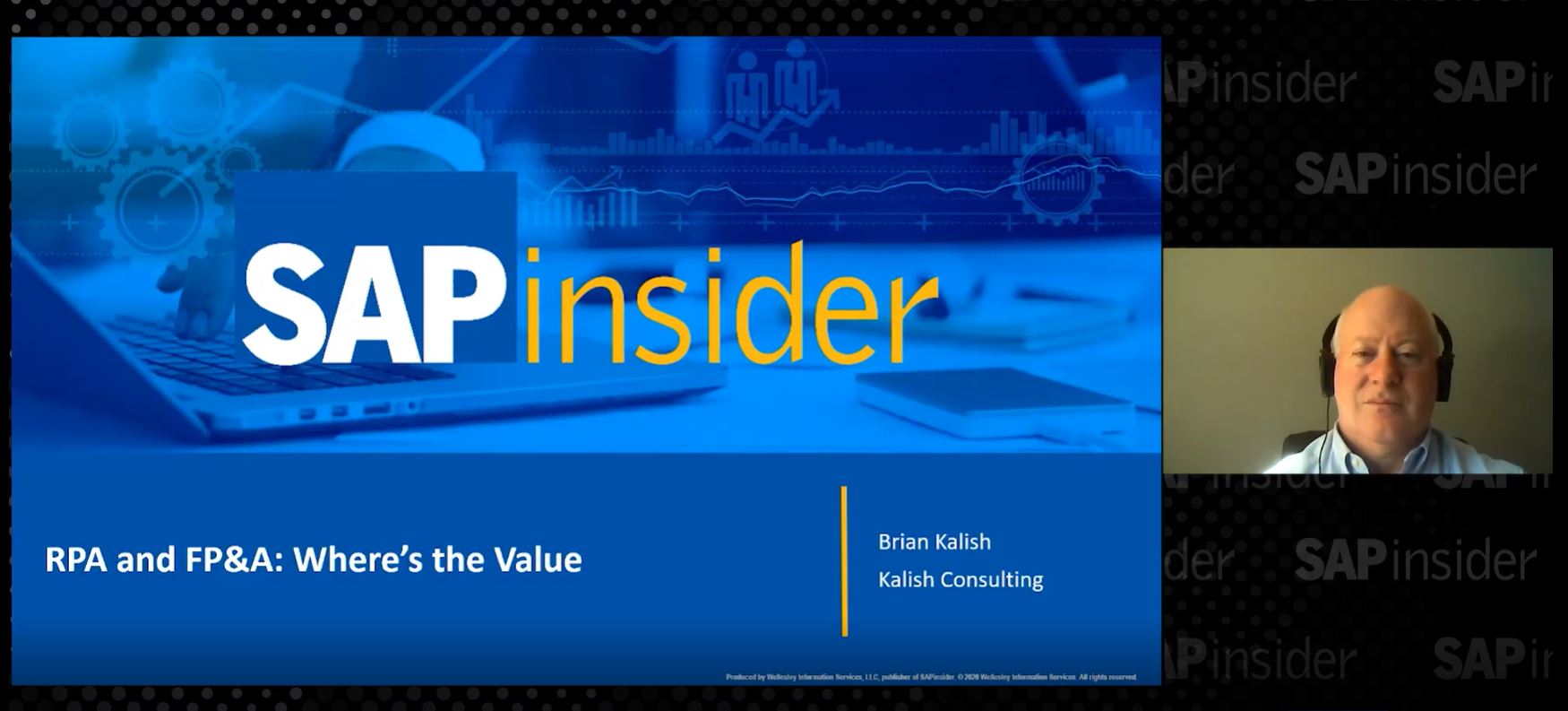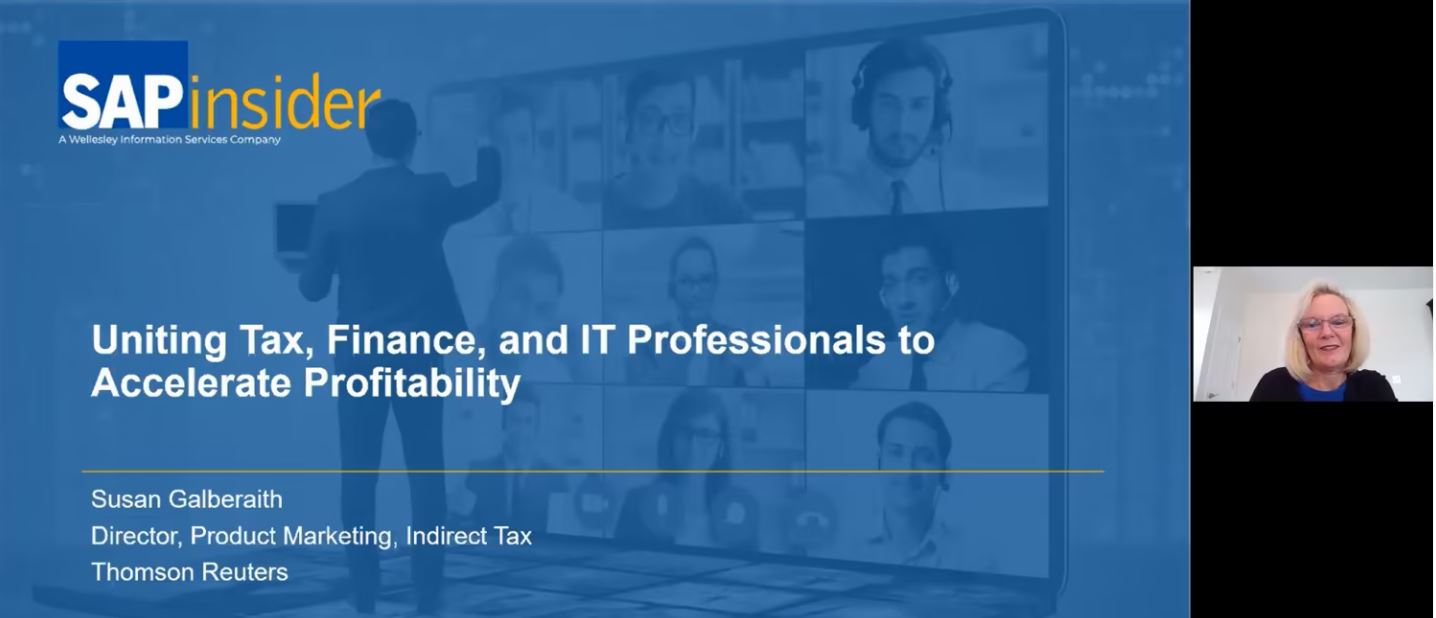Important Trends That Will Shape the Public Sector in Today’s Digital and Data-Driven World
By Brianna Shipley, Senior Editor, SAPinsider
There has been much talk about how the COVID-19 pandemic has and continues to impact businesses. But what about its effects on the government? In the words of Bob Conlin, Vice President of Sales, Public Services at SAP Canada, “This has led us all into unchartered territory where ‘big government’ and private-sector solidarity are unavoidable; however, just because we’re navigating unchartered territory doesn’t mean there is no roadmap to success.”
Conlin’s statement provides a good segue into SAP’s broader speculations for how the public sector will transform, adapt, and recover in the years ahead to meet increasing citizen expectations, and to keep up with the digital transformation occurring within other businesses that feeds those expectations. How SAP technology—combined with other intelligent technologies such as artificial intelligence, machine learning, and blockchain—can help the public sector move forward will be discussed in more detail during the SAP Public Sector 2020 Canada virtual event happening October 15. For now, here is a brief overview of SAP’s perspective and guidance for government organizations.
Service, convenience, and data protection are three key areas that SAP has identified as ripe for change within the public sector, and the global company has proposed three strategic priorities for governments to ensure they can keep moving forward:
- Put the citizen at the center
- Leverage data as an asset
- Reimagine business processes and models
Put the citizen at the center
According to SAP, citizens’ needs and expectations are only increasing at the same time that trust in the government is at an all-time low. Regaining this trust can be achieved by providing a better constituent experience, which means putting transparency and personalized, self-managed services at the forefront of the citizen experience. By using intelligent technologies and conversational user interfaces, and automation and better security controls such as two-way authentication, encryption and blockchain technologies, government agencies can become proactive in service delivery and give citizens’ piece of mind that their personal data is protected.
Additionally, by combining experience and operational data government organizations can better understand the constituent experience to further personalize the online experience and simplify complex processes. Data can also be utilized to increase transparency around policy development and help governments be more responsive—the effective use of data leads to informed decision making and evidence-based policy, which increases constituent trust.
Leverage data as an asset
Most public sectors contain a diverse set of data sources, which can lead to disconnected information. SAP believes that by 2025, the public sector will not only be more proactive, automated, and citizen focused, but also more data driven. Realizing these improvements requires a balancing act that brings in new technologies to help break down organizational silos and allow for the sharing and integration of data while also keeping that data secure and protected and without undermining legacy systems that many public organizations will continue to rely on. This strategy naturally ties into putting the citizen at the center with its reliance on experience and operational data to inform decisions. Governments that use insights from this data will approach process bottlenecks, challenges, and distrust with real-time insights and analytics so government employees can better serve the public.
According to SAP, data management is at the heart of an intelligent enterprise, and in order to join this elite group, government agencies must be able to integrate their diverse data sources and diverse data, and simplify their data landscape.
Reimagine business processes and models
SAP also expects that by 2025 government agencies will redefine their core processes and service delivery models. Why do they expect this? Because when an organization’s processes are more efficient, its employees can better serve their customers. SAP sees this redefinition of processes as happening in steps. First, government organizations should automate constituent-facing services and internal processes. Next, they can use the automation in place to personalize processes by utilizing machine learning. This will allow organizations in the public sector to provide higher-value services and move on to the next step, which is delivering the right services to the right people at the right time using data and advanced analytics.
Register for the SAP Public Sector 2020 Canada virtual event to learn more about the direction organizations in the public sector are headed. Come and network with partners through-out the day, including Gold Sponsors Deloitte, EY and IBM, as well as our Silver Sponsors Accenture, Blackline, Greenlight, and Microsoft.






